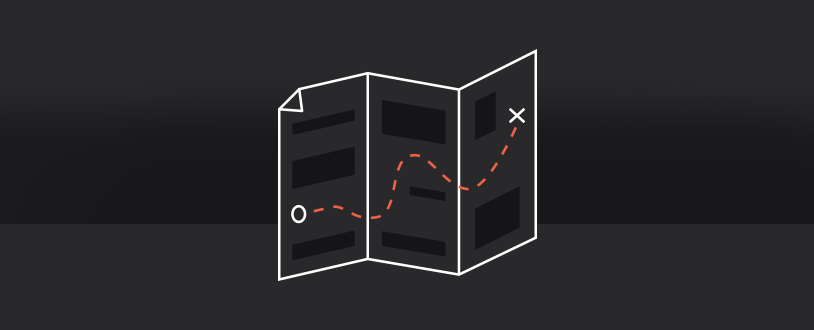Do I Need a Staging Site?
Steve Stanley Development Team Lead#CMS

Investing in a staging site can be vital in times of growth, during website rebuilds and in order to ensure peace of mind during daily production. Diagram is dedicated to making sure each client has all the best tools for their success, find out here if a staging site would be beneficial for your organization.
Ever find yourself in a panic because you made an update to your site and it didn't look quite right, or worse the site crashed? Maybe you have a campaign or new section for the site you want to build but not go live yet until it’s been thoroughly tested. These are all signs you may need a staging site. If you are familiar with the enterprise level hosting trifecta of development-staging-production sites, then I’m sure you already have a staging site. But for many organizations, taking the next step and investing in a staging server can be vital when your site traffic has grown, you are looking to do a major rebuild or feature enhancements, or you just want that peace of mind that a staging server can provide.
What is a staging site?
Staging sites are exact copies of a production server, typically used only for authoring and not available to the public. They allow you to prep and proof content and code changes before they go live. This means that you can do all your editing in confidence that the public won’t see it until you are ready.
Staging sites are great for reporting, as well. Looking for bad links, old content, or creating monthly order summaries, can be an intensive process that can make a big impact to a site under heavy load. By running these reports on your staging server you ensure that your production site and clients will not be affected.
Another benefit to having a staging site is if something catastrophic happens to your production box you have a backup, from which you can quickly deploy a new production site. This disaster recovery can also be accomplished through a server 100% dedicated to provide a back-up should a failure happen on the production server.
Syncing Content
When it comes to syncing content and templates between stage and production, most content management systems have products that make that process possible. One CMS that we work with, Ektron makes it easy through a product called eSync. Another CMS platform, EPiServer offers EPiServer Mirroring. Typically, these services are of value when you have more robust sites that include database integration. However in general, syncing allows you to control what content gets moved from the staging site to the production site – whether it’s one page, or new code, or the entire site.
Keys to a Good Staging site
- The most important thing to remember when you have a staging site is other than user-inputted data, it’s best to not update anything directly on the production server. This reduces the potential for errors during syncing.
- Keep the stage and production site in sync to prevent anything from getting overwritten.
What incidents have prompted you to look into a Staging site? We are happy to answer any questions and evaluate your current hosting configuration to determine if investing in a staging site makes sense for your business.
Related Posts

4 Ways to Avoid Disaster When Migrating CMS Platforms
If you have ever migrated from one content management system (CMS) or eCommerce platform to another, you know how many unexpected issues can occur during the migration process.
The New Era of Website Personalization
Personalized websites are the future. Static sites are dying—learn why and how to evolve.
Results Matter.
We design creative digital solutions that grow your business, strengthen your brand and engage your audience. Our team blends creativity with insights, analytics and technology to deliver beauty, function, accessibility and most of all, ROI. Do you have a project you want to discuss?
Like what you read?
Subscribe to our blog "Diagram Views" for the latest trends in web design, inbound marketing and mobile strategy.
